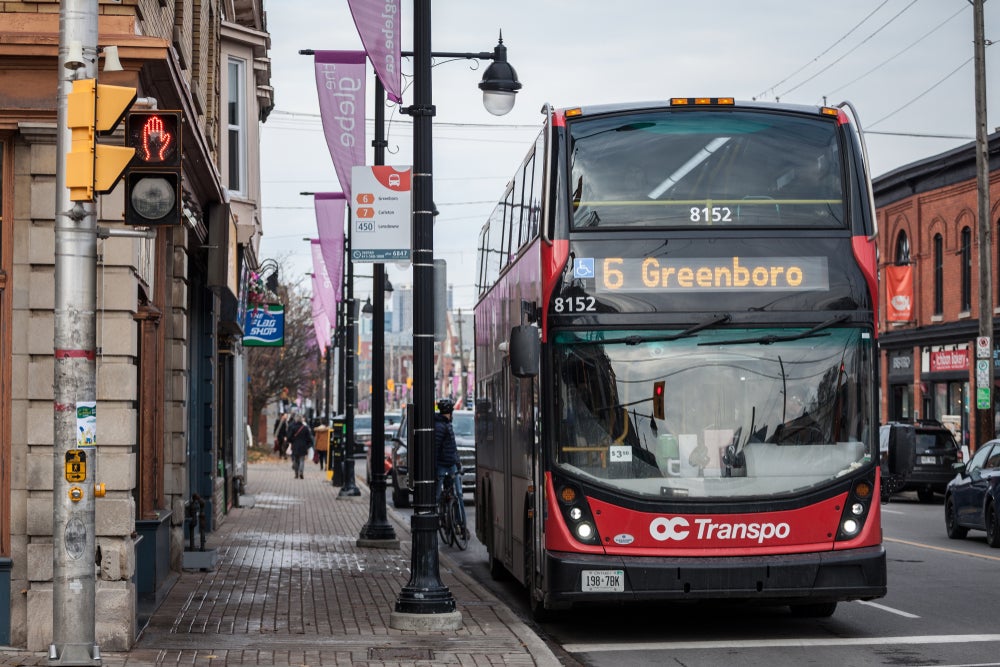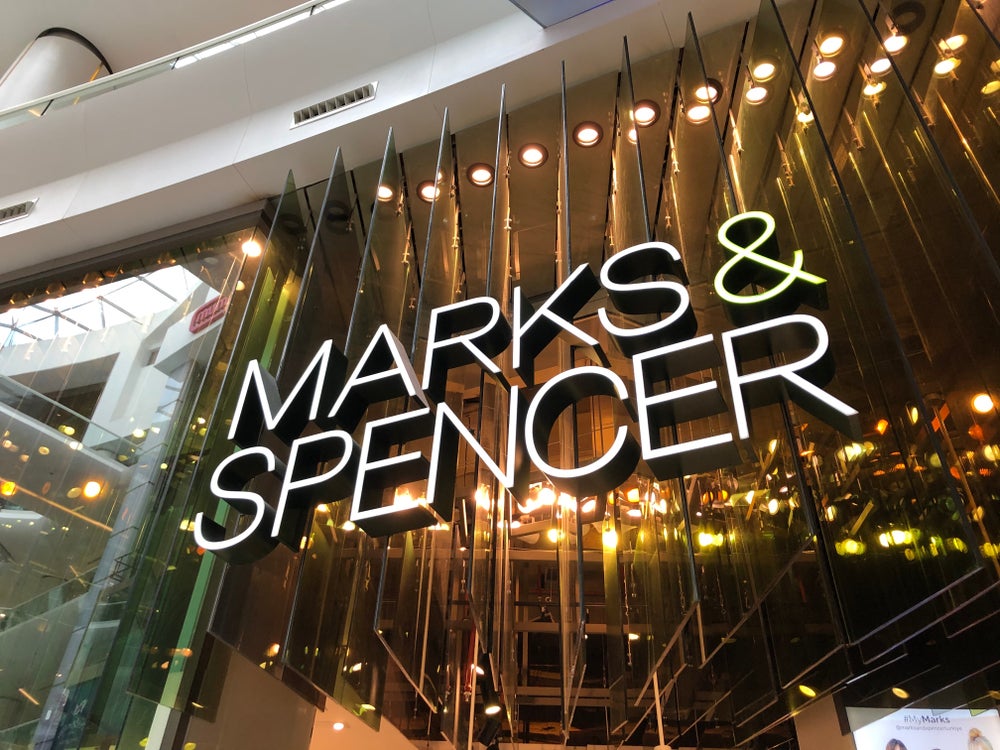The future of Interac, Canada’s domestic debit scheme,
is under threat. It is predicted the business will lose 30 percent
of its market share in the next five years. If it is to survive in
an increasingly competitive market, Canada’s regulators must allow
it to become a for-profit business, as Louise Naughton
reports
“In all sincerity, this is Interac’s battle for survival,” says
Christie Christelis, president of analyst firm Technology
Strategies International (TSL).
The Canadian payment market is poised for significant change.
Canada’s payment network Interac has enjoyed a monopoly in the
debit space since the mid-90s but with MasterCard and Visa now
looking to gain a slice of the market, its dominant position looks
vulnerable. Add into the mix the restrictions imposed by the
Competition Bureau, which Interac claims prevents it from being on
a level playing field with competitors, and it may have a mountain
to climb.
With Interac’s interchange rate set at zero Christelis begs the
question, why should banks process a hundred million transactions
and not generate any revenue? Standing in the way of this however,
are the retailers who, thanks to The Credit and Debit Code of
Conduct set by the Competition Bureau, have a voice that is being
heard.
How well do you really know your competitors?
Access the most comprehensive Company Profiles on the market, powered by GlobalData. Save hours of research. Gain competitive edge.

Thank you!
Your download email will arrive shortly
Not ready to buy yet? Download a free sample
We are confident about the unique quality of our Company Profiles. However, we want you to make the most beneficial decision for your business, so we offer a free sample that you can download by submitting the below form
By GlobalDataVisa, MasterCard strategy backfired
The Code of Conduct came into play on 16 August this year when
MasterCard and Visa’s strategy to break into the debit space by
placing their payment applications onto Interac cards
backfired.
MasterCard’s tactic to make Maestro the default payment
application angered both Canadian merchants and Interac. Merchants
saw their payment acceptance charges increase and caught the
attention of the Government. The Competition Bureau agreed that
both MasterCard and Visa’s market practices were not open and
transparent and therefore ordered a stop on the co-resident cards.
The Code of Conduct has now given issuers one year to re-issue the
cards that are in violation.
Christelis told Cards International that there is no provision
in the Code to stop the default routing of the co-resident cards
already in circulation to continue for the next year, but claims
that to let this happen would be “unwise” and “heavily frowned
upon”.
MasterCard and Visa now have to go back to the drawing board and
re-think their strategies to enter the debit space. Neither has
announced their plans as yet
Christelis argues that issuers have a strong incentive to move
away from the Interac brand as they would stand to gain a very
healthy revenue stream from higher payment acceptance fees.
Caroline Hubberstey, director of public and government affairs
for Interac argues potential revenue generated by interchange fees
will be made redundant if merchants choose not to accept the
payment brands.
“Merchants have positioned themselves well in this Code and are
able to say ‘if we don’t want to accept this, we won’t,” said
Hubbertey.
“Interac is the economical payment brand. We have proven this
over a number of years and are leveraging that as our
strategy.”

The case for a profit-taking Interac
It is no foregone conclusion that the emergence of MasterCard
and Visa will wipe Interac out, according to Christelis; however he
says Interac needs to change in order to do so. That is something
Interac seems to understand but not the country’s Competition
Commission, which does not allow the company to make the profit it
needs to invest in new services and raise working capital.
“Competition is not an issue, in fact it is welcome,” said
Hubberstey.
“The concern Interac has is that it is not a level playing
field, and there is the potential for a very unhealthy competitive
market place with detrimental consequences for users.”
Interac is governed by the Competition Bureau as it is viewed as
a monopolistic organisation. It put a request into the Bureau in
February this year to become a profitable organisation which was
denied, so it is still currently under a Consent Order that was
initially enforced in 1996. The order prevents Interac from
engaging in anti-competitive practices and encourages it to
increase access across its network.
“Based on currently available information, including Interac’s
current dominant position in the market, the Bureau cannot support
changing or removing the safeguards in the Consent Order, which are
effective in protecting consumers from potentially anti–competitive
activity,” said the Competition Bureau in an announcement on its
website.
“In particular, the Bureau does not agree that the removal of
the restriction against for-profit activities by Interac would be
pro-competitive, or is necessary to allow Interac to remain
competitive.”
It does state however that the Commissioner is prepared to
re-examine Interac’s request in the future if there is new
information or material changes in the marketplace.
“Interac views the Consent Order as outdated, unnecessary and
unwarranted,” said Hubberstey.
“We were disappointed with the decision not to overturn the
order but the Bureau has recognised that there are problems with
our governance structure and our ability to generate revenue. We
will be working with them to give us some more flexibility in those
areas to put us on a more competitive footing than we are now.”
 The case for
The case for
contactless
Symptomatic of Interac’s difficulties in funding investment
in product innovation is the contactless market in Canada. It is
estimated that 40 percent of Interac’s transactions are under $20 –
exactly the size of low value transactions that contactless
products target.
MasterCard and Visa have established a stronger foothold in the
contactless space, leaving Interac playing catch-up to ensure it
doesn’t miss out on volumes in the low-value payments market.
According to the Canadian Payments Forecast by TSL, contactless
debit and credit payments, which are rolling out rapidly in Canada,
are likely to account for significant transaction volumes and
values by 2014.
The report claims that MasterCard’s PayPass has advanced more
than the contactless offerings of other payment brands. According
to MasterCard, PayPass has reached critical mass in Canada and 90
percent of active MasterCards are PayPass enabled.
By the end of 2009, the report estimates there were 38,000
PayPass acceptance terminals installed in Canada, which indicates
that the PayPass’s rollout in Canada is gaining momentum at a
faster pace than TSL initially expected.
MasterCard launched an NFC pilot in partnership with CitiCards
and Bell Mobility which was completed in April 2009. Bank of
Montreal (BMO) also conducted a trial using PayPass stickers on
Blackberry phones, which lasted four months. Under this pilot,
users received a text message notification that a transaction had
recently been completed. The purpose of the trial was to allow BMO
to “evaluate the mobile payment experience as part of an evolution
toward mainstream use and acceptance.”
The study said Visa has been a late starter in the contactless
payments space in Canada but it claims that it has recently made a
big push to ensure that its PayWave technology claims its space in
the market.
Visa carried out a pilot scheme in Ontario where three hundred
merchant terminals that could read PayWave cards were installed and
another in Toronto, where, similar to MasterCard, mobile phones
were NFC enabled.
“By the end of 2009 it is estimated that about 2,000 Visa
PayWave merchant terminals had been installed in Canada,” said the
report.
“Visa PayWave cards are currently being issued by Royal Bank of
Canada and TD Canada Trust. According to a respondent from Visa,
their expectation is that there will be as many Visa contactless
cards in the market as there are MasterCard contactless cards by
the end of this year.”
The report states that neither MasterCard nor Visa has produced
any meaningful usage statistics for the Canadian market. Christelis
said that this forced TSL to make its predictions based on
estimations of the number of contactless terminals, how many
contactless cards have been issued, and the average size of
transactions.
“MasterCard and Visa have not released any figures because the
race is on and nobody wants to gift information to anyone else,”
said Christelis.
 Late in the
Late in the
game
In June this year, Interac teamed up with Inside Contactless to
unveil its dual interface debit card, Interac Flash. The dual
interface allows a consumer to choose whether to pay through the
contact plate or the contactless antenna.
Interac has been testing contactless debit payments in
collaboration with Scotiabank, and TD Merchant Services. The
national roll-out is scheduled for next year.
“Interac does have some funding challenges which may have
affected its relatively late entry into the market,” said
Christelis.
“I think it will get its share of the transactions, so its late
arrival will not matter.”
Hubberstey agrees with Christelis and claims that Interac is in
the same position as its competitors in bringing contactless
technology to the debit market.
TSL estimates that by the end of 2009 there were approximately
40,000 contactless payment terminals installed in Canada, and
according to Verifone, 40 percent of the new terminals installed in
Canada last year had contactless payment functionality.
“We estimate there were about 2.6 million open payment
contactless cards used in Canada during 2009 to affect 15.4 million
open payment transactions valued at approximately $300m,” said the
report.
Christelis predicts that Interac will lose a significant share
of the debit market in the coming years due to the emergence of
contactless and the increased competition.
“Interac will still be around in five years but they will
probably have lost about 30 percent of the market,” said
Christelis.
“Since the Code of Conduct came into play, none of the payment
brands have taken a stand on their debit launch strategies so this
prediction is pure speculation. But if Interac wants to be relevant
in 10 years time, it needs to become a very different organisation
than it is now. It will not be an easy ride for Interac.”
When CI put this prediction to Hubberstey, she was optimistic
about Interac’s future but admitted that changes need to be
made.
“It is early days to determine how the market is going to
unfold, given that we don’t know the various strategies that are
going to be brought forward,” she said.
“We are prepared [for the competition] and I think, as a
domestic network, we are positioned very well. We are certainly up
against some large competitors who are currently in a very
different position than us.
“I think the Code of Conduct helps and the Government has made
an incredibly good move in terms of levelling the playing field in
terms of merchant’s choice and transparency.”
Interac has reached a crossroads and has a long way to go if it
is to shake free from its regulations and limitations. However, as
more competition seeps into Canada’s debit market, the Competition
Bureau may have no choice but to loosen its grip. Only then will
Interac have a fighting chance to hold onto its dominance.







